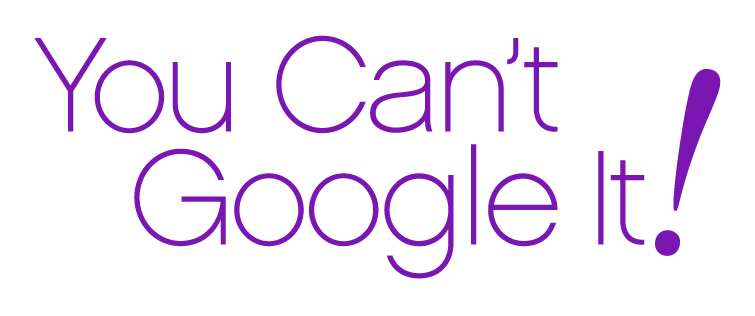Agile Action to Retain the Talentforce
/The challenge of our current times at work is the great reshuffle. There are a multitude of reasons why. Despite the fact that employee dissatisfaction and disengagement has existed for quite a while, that critical mass has not resulted in required action to solve it. You likely have experienced or observed there is increased burnout, anxiety from the ongoing pandemic, uncertainty about the how best to make remote and hybrid environments work as desired, more pressure on time, multiple roles for parents and more.
Numerous surveys and studies have found that what workers want from employment and will stay at an employer for are more opportunity, training/professional development, respect and feelings of inclusion and belonging. More money alone won’t do it. Clearly, it’s time to look for culture fixes and some overlooked approaches related to motivation and how the work is actually performed.
Even before they have a chance to get immersed in the work environment, few new hires and people recently promoted often don’t get an accurate picture of what the actual responsibilities, skills and traits needed to perform as expected are. What’s missing is an effective onboarding process and a description of what promotion success looks like.
There are a few fairly simple approaches, not very costly or requiring expensive new technology, but they do require willingness to alter or add to established processes for recruiting and onboarding. Ask and answer who is responsible when employers complain that employees don’t have the competence needed for today and the future. What’s the bottleneck? What goes into composing job descriptions, either in recruiting or the onboarding orientation? My 2022 word of the year, “willingness,” now must be transformed to action to retain the “talentforce” my 2023 word of the year.
Expressed as one word, and as distinct from “workforce,”
I am defining “talentforce”as a team or segment of the most highly desired part of a cohort of workers. They are the high potentials with the needed skills, eager to learn more, super-motivated. They are reliable, confident of their value, sought after for prime assignments.They are leaders at whatever level and career stage. They are great colleagues, even when no one is looking. They will add to an organization’s legacy.
And the best may not be the standard fit of the past. Maybe we need more round pegs in square holes.
Action Steps
Looking for a way to better matchup actual employer needs with worker capabilities?
Think “potential” as well as past experience. Organizations overlook this more often for women than men.
Survey both current employees and those exiting on the actual skills and traits needed to get the tasked work done: after two months on board; after two years. Needs and want priorities can change frequently in uncertain times.
Make recommendations for changing job descriptions.
Start implementing and track success, tweaking as needed.
Be open to the benefits of reasonable flexibility.
Call to Action: Go beyond thought leadership to relatively simple action steps. Make a difference. I’d love your thoughts and feedback on those steps’desirability and viability in organizations you work with. What has been tried? How successful have they been? What lessons have been learned? I will share them with permission.



